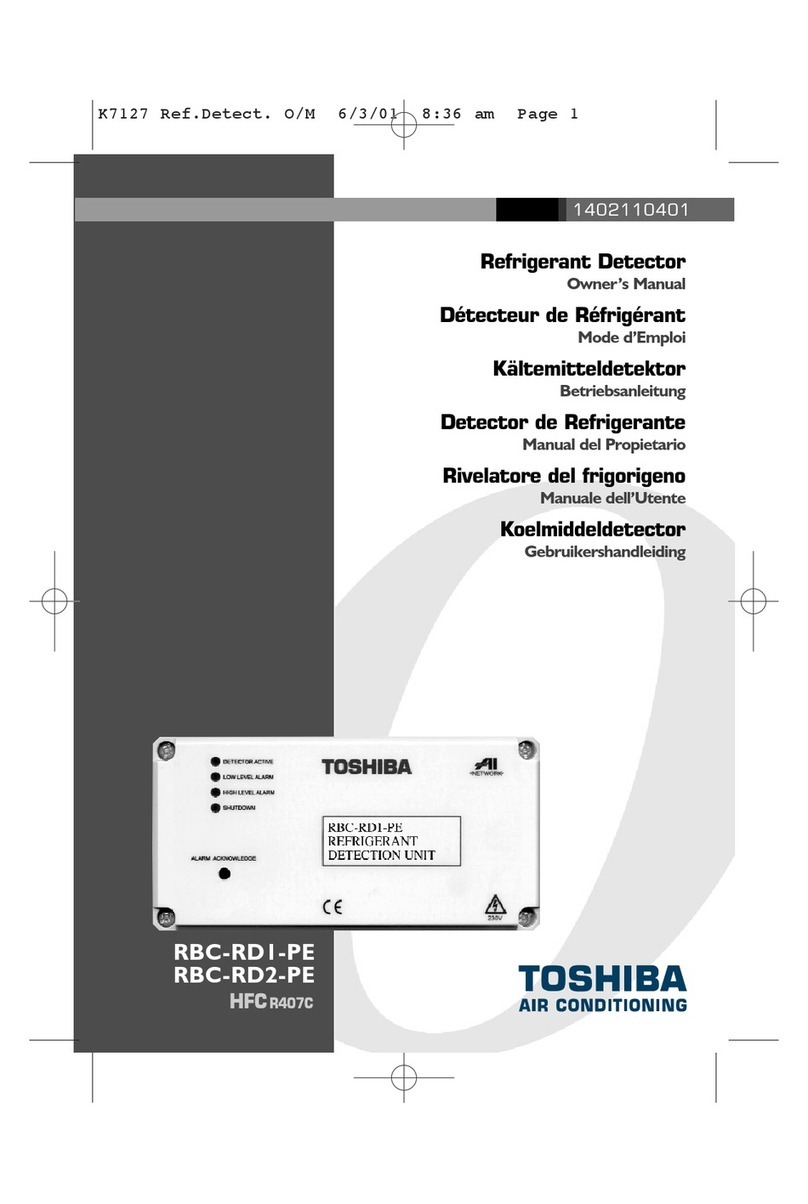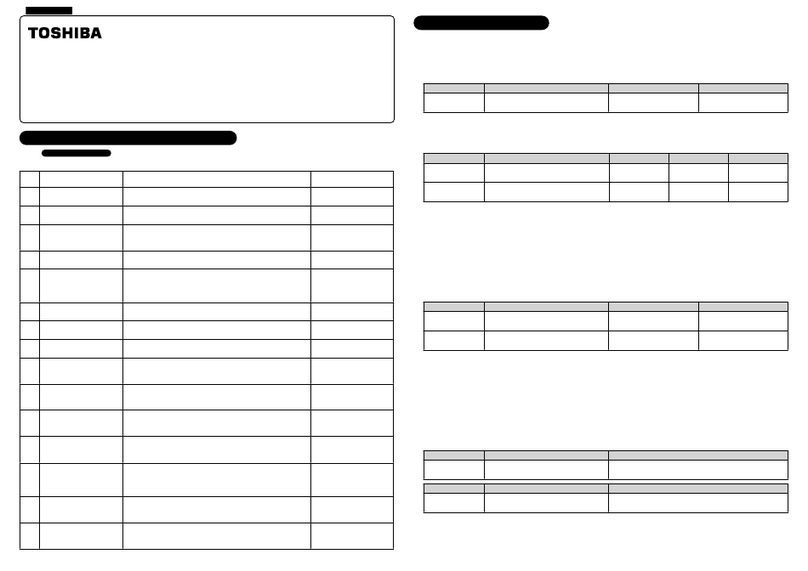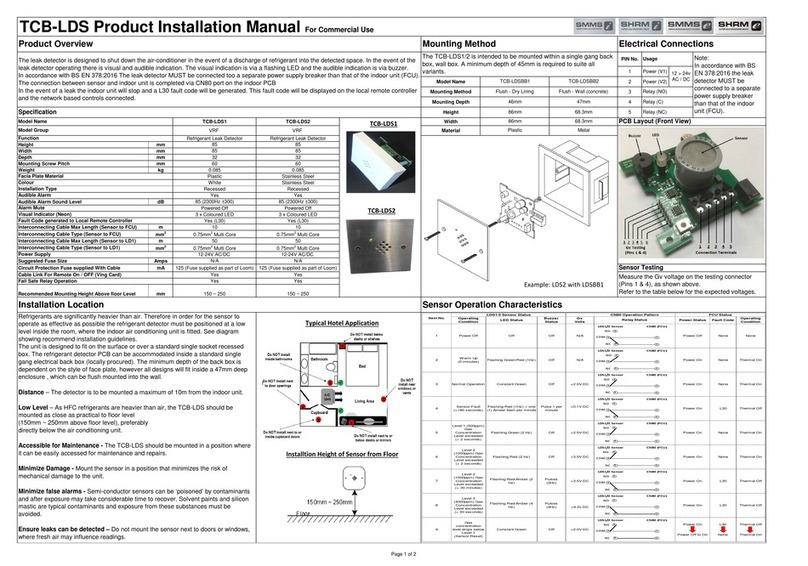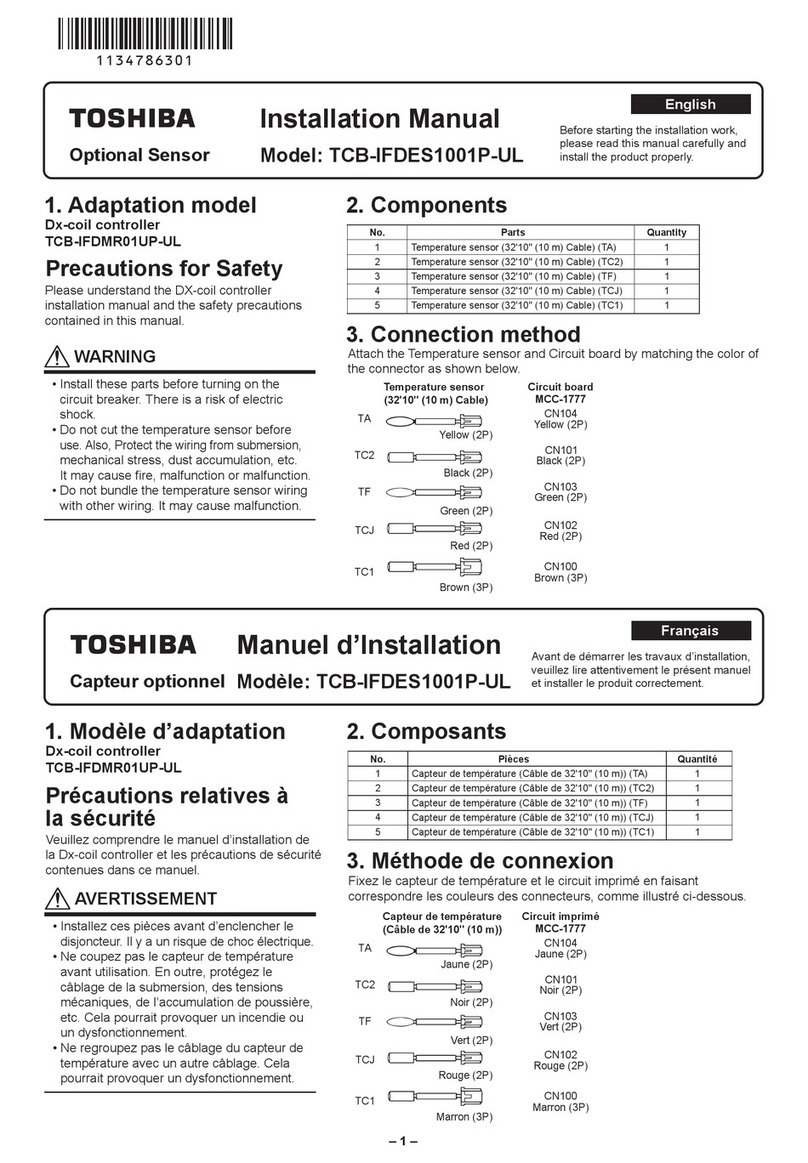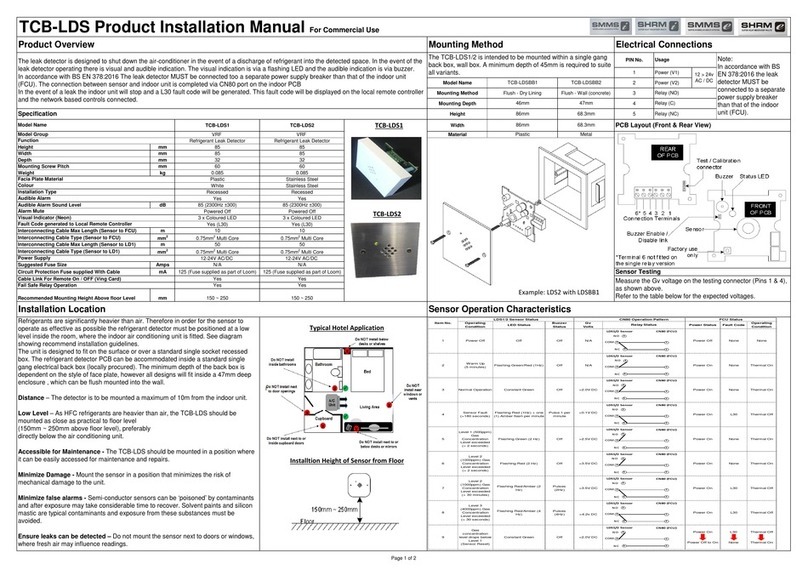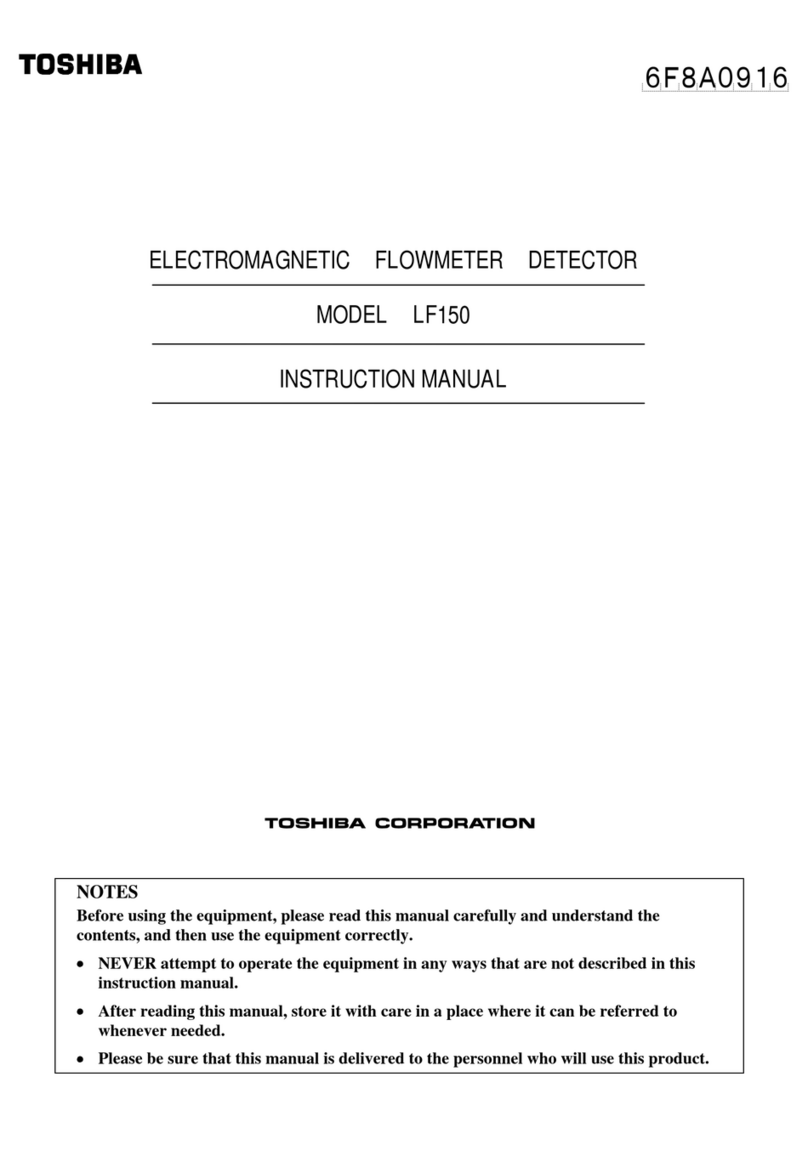
[3]
Thank you for purchasing Toshiba air conditioning products.
This Installation Manual describes the installation method of the outdoor unit. For installation of indoor units, follow the Installation
Manual supplied with the indoor unit.
Moreover, as this installation manual includes the important articles concerning the “Machinery” Directive (Directive 2006/42/ EC), please
read through the manual and make sure you understand it. After installation, give this Installation Manual, the Owner’s Manual and the
Installation Manual supplied with the indoor unit to the customer and tell the customer to keep them safe.
Prepare an exclusive power source for indoor units, independent to that for outdoor units.
Y-shaped branching joints or a branching header (separately purchased) are required for connecting pipes between indoor and outdoor
units. Choose either of them considering the system capacity concerning piping. For installing branching pipes, refer to the installation
manual of the Y-shaped branching unit or branching header (separately purchased).
Outdoor connecting branching joints are required for connecting between outdoor units.
Generic Denomination: Air Conditioner
Definition of Qualified Installer or Qualified Service Person
The air conditioner must be installed, maintained, repaired and removed by a qualified installer or qualified service person. When any of
these jobs is to be done, ask a qualified installer or qualified service person to do them for you.
A qualified installer or qualified service person is an agent who has the qualifications and knowledge described in the table below.
Agent Qualifications and knowledge which the agent must have
Qualified installer
The qualified installer is a person who installs, maintains, relocates and removes the air conditioners made by
Toshiba Carrier Corporation. He or she has been trained to install, maintain, relocate and remove the air conditioners made
by Toshiba Carrier Corporation or, alternatively, he or she has been instructed in such operations by an individual or
individuals who have been trained and is thus thoroughly acquainted with the knowledge related to these operations.
The qualified installer who is allowed to do the electrical work involved in installation, relocation and removal has the
qualifications pertaining to this electrical work as stipulated by the local laws and regulations, and he or she is a person who
has been trained in matters relating to electrical work on the air conditioners made by Toshiba Carrier Corporation or,
alternatively, he or she has been instructed in such matters by an individual or individuals who have been trained and is thus
thoroughly acquainted with the knowledge related to this work.
The qualified installer who is allowed to do the refrigerant handling and piping work involved in installation, relocation and
removal has the qualifications pertaining to this refrigerant handling and piping work as stipulated by the local laws and
regulations, and he or she is a person who has been trained in matters relating to refrigerant handling and piping work on
the air conditioners made by Toshiba Carrier Corporation or, alternatively, he or she has been instructed in such matters by
an individual or individuals who have been trained and is thus thoroughly acquainted with the knowledge related to this
work.
The qualified installer who is allowed to work at heights has been trained in matters relating to working at heights with the air
conditioners made by Toshiba Carrier Corporation or, alternatively, he or she has been instructed in such matters by an
individual or individuals who have been trained and is thus thoroughly acquainted with the knowledge related to this work.
Qualified service
person
The qualified service person is a person who installs, repairs, maintains, relocates and removes the air conditioners made
by Toshiba Carrier Corporation. He or she has been trained to install, repair, maintain, relocate and remove the air
conditioners made by Toshiba Carrier Corporation or, alternatively, he or she has been instructed in such operations by an
individual or individuals who have been trained and is thus thoroughly acquainted with the knowledge related to these
operations.
The qualified service person who is allowed to do the electrical work involved in installation, repair, relocation and removal
has the qualifications pertaining to this electrical work as stipulated by the local laws and regulations, and he or she is a
person who has been trained in matters relating to electrical work on the air conditioners made by Toshiba Carrier
Corporation or, alternatively, he or she has been instructed in such matters by an individual or individuals who have been
trained and is thus thoroughly acquainted with the knowledge related to this work.
The qualified service person who is allowed to do the refrigerant handling and piping work involved in installation, repair,
relocation and removal has the qualifications pertaining to this refrigerant handling and piping work as stipulated by the local
laws and regulations, and he or she is a person who has been trained in matters relating to refrigerant handling and piping
work on the air conditioners made by Toshiba Carrier Corporation or, alternatively, he or she has been instructed in such
matters by an individual or individuals who have been trained and is thus thoroughly acquainted with the knowledge related
to this work.
The qualified service person who is allowed to work at heights has been trained in matters relating to working at heights with
the air conditioners made by Toshiba Carrier Corporation or, alternatively, he or she has been instructed in such matters by
an individual or individuals who have been trained and is thus thoroughly acquainted with the knowledge related to this
work.
Definition of Protective Gear
When the air conditioner is to be transported, installed, maintained, repaired or removed, wear protective gloves and ‘safety’ work
clothing.
In addition to such normal protective gear, wear the protective gear described below when undertaking the special work detailed in the
table below.
Failure to wear the proper protective gear is dangerous because you will be more susceptible to injury, burns, electric shocks and other
injuries.
